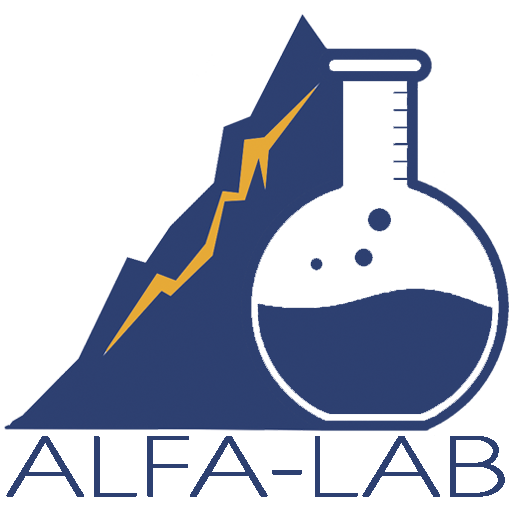- Types of analyzes
- Fire assay
Want to know the cost? Fill out the application and we will contact you
Preparation of samples
The purpose of sample preparation is to homogenize the sample material and open mineral particles before analysis.
More details
Installation of laboratories
We have extensive experience in organizing laboratories and selecting equipment for facilities
More details
- Types of analyzes
- Fire assay
FIRE ASSAY
A fire assay is the main method for determining Au and Ag grade in minerals (ores, placers, concentrates, tailings, matte, compact metal, etc.) It includes a combination of various pyro - and hydrometallurgical operations that allow the quantitative isolation and concentration of precious metals with virtually no losses that significantly affect the final results, which allows for satisfactory reproducibility during repeated analysis. The quantitative error in a fire assay is quite low, both for materials containing 150 g / t of gold and more, and for materials containing less than 15 g/t of gold. The use of sufficiently large initial subsamples of the analyzed material (up to 100 g or more) allows to determine the grade of precious metals even in very low grade products and in materials with an uneven distribution of the measured element.
The main operation of a fire assay is melting. At that, for the extraction of precious metals in a fire assay, the property of metallic lead in the molten state is used to quantitatively dissolve gold and silver to obtain a low-melting alloy (the melting point of lead is 327 °C). Such substances are called collectors of precious metals. For the subsequent separation of the amount of precious metals from the collector, another property of lead is used – the ability to quickly oxidize with air oxygen at elevated temperatures with the formation of easy – melting lead oxide – PbO (the melting point of PbO is 883 °C). The affinity of lead to oxygen (which is understood as the isobaric-isothermal reaction potential for the formation of oxide from elements in the standard state, attributed to one gram atom of gas) is188.5 kJ/mol. Gold and silver are not oxidized. When using porous thick-walled vessels made of oxidized refractory material, well wetted with molten oxide, but not wetted with molten metal, lead oxide formed during the oxidative melting of lead is absorbed into the pores of this vessel, and the alloy of gold and silver remains in the form of a spherical bead on its bottom surface.
To separate the remaining amount of precious metals, the property of silver to dissolve in dilute nitric acid is used when gold is completely unaffected in this process (the parting operation). The grade value of precious metals in the analyzed material is determined by weighing beads before and after parting. A special assay balance used for weighing precious metals has an accuracy of 0.001 mg.
As in ancient times, the fire assay method remains the main one in the analysis of gold samples, due to the possibility of analyzing relatively large subsamples – weighing 50 g or more.
To separate the remaining amount of precious metals, the property of silver to dissolve in dilute nitric acid is used when gold is completely unaffected in this process (the parting operation). The grade value of precious metals in the analyzed material is determined by weighing beads before and after parting. A special assay balance used for weighing precious metals has an accuracy of 0.001 mg.
As in ancient times, the fire assay method remains the main one in the analysis of gold samples, due to the possibility of analyzing relatively large subsamples – weighing 50 g or more.
Want to know the cost? Fill out the application and we will contact you
Preparation of samples
The purpose of sample preparation is to homogenize the sample material and open mineral particles before analysis.
More details
Installation of laboratories
We have extensive experience in organizing laboratories and selecting equipment for facilities
More details
Bottle agitation
These are process ests of the ability of ores to be leached by dynamic cyanidation. The tests provide primary information on the recoverability of precious metals and the consumption of reagents.
Column test
Ore leaching tests using the percolation method. This method allows to create conditions that are as appropriate as possible to the industrial process.
Various process tests
To solve process tasks our laboratory carries out different types of tests according to regulations and conditions provided by the Customer.
There are many types of process tests, depending on the types of ores or products of their processing. In our laboratory, gravity concentration tests are carried out using the Knelson KC-MD 7.5 concentrator and the SKO-1 laboratory concentration table. Bottle agitation and laboratory column leaching tests (column tests) are common for ore raw materials.





